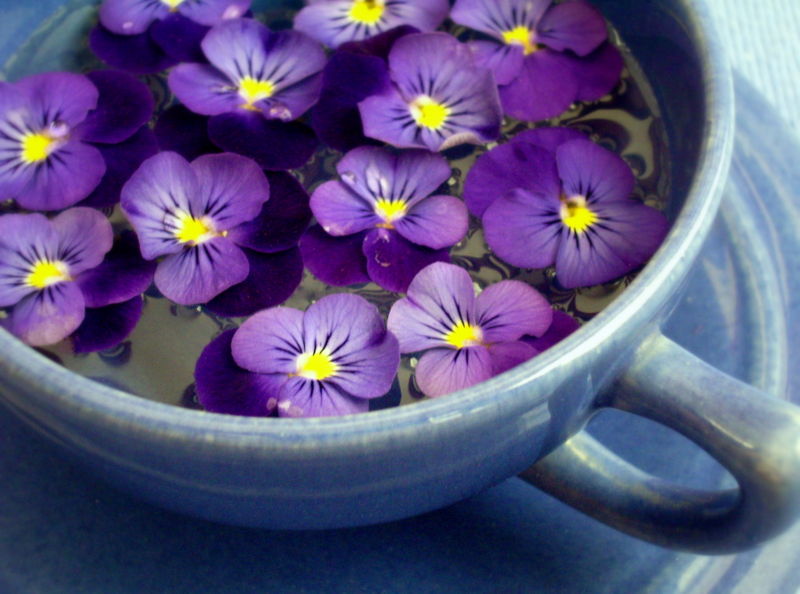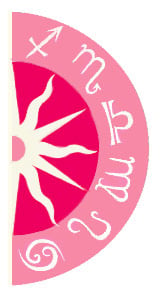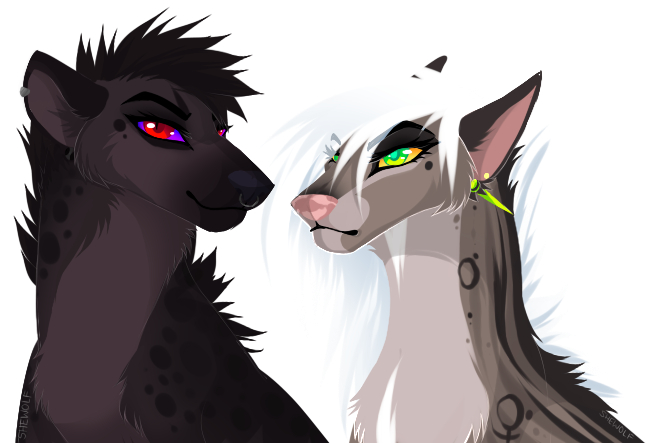About her favorite flover
Violet-Viola reichenbachiana
Kingdom: Plantae
Order: Malpighiales
Family: Violaceae
Genus: Viola
It is the largest genus in the family, containing between 525 and 600 species. Most species are found in the temperate Northern Hemisphere, however some are also found in widely divergent areas such as Hawaii, Australasia, and the Andes.A large number of species, varieties and cultivars are grown in gardens for their ornamental flowers. In horticulture the term "pansy" is normally used for those multi-coloured, large-flowered cultivars which are raised annually or biennially from seed and used extensively in bedding. The terms "viola" and "violet" are normally reserved for small-flowered annuals or perennials, including the species.
Description:Viola typically have heart-shaped, scalloped leaves, though a number have palmate leaves or other shapes. The vast majority of Viola species are herbaceous, and a substantial number are acaulescent in habit - meaning they lack any noticeable stems and the foliage and flowers appear to rise from the ground; the remaining species have short stems with foliage and flowers produced in the axils of the leaves. The simple leaves of plants with either habit are arranged alternately; the acaulescent species produce basal rosettes. Plants always have leaves with stipules that are often leaf-like.
Medicinal:Many Viola species contain antioxidants called anthocyanins. Fourteen anthocyanins from V. yedoensis and V. prionantha have been identified. Some anthocyanins show strong antioxidant activities. Most violas tested and many other plants of the family Violaceae contain cyclotides, which have a diverse range of in vitro biological activities when isolated from the plant, including uterotonic, anti-HIV, antimicrobial, and insecticidal activities.
Viola canescens, a species from India, exhibited in vitro activity against Trypanosoma cruzi.
Perfume:Viola odorata is used as a source for scents in the perfume industry. Violet is known to have a 'flirty' scent as its fragrance comes and goes. Ionone is present in the flowers, which turns off the ability for humans to smell the fragrant compound for moments at a time.

Other species of Viola:
Viola arvensis
field pansy
Viola banksii
Australian native violet, ivy-leaved violet
Viola biflora
yellow wood violet, twoflower violet
Viola canina
heath dog violet
Viola cheiranthifolia
Teide violet
Viola corsica
Corsican pansy
Viola glabella
stream violet
Viola hederacea
Australian native violet, ivy-leaved violet
Viola hirta
hairy violet
Viola labradorica
alpine violet
Viola odorata
sweet violet
Viola pedunculata
yellow pansy
Viola persicifolia
fen violet
Viola praemorsa
canary violet
Viola pubescens
downy yellow violet
Viola riviniana
common dog violet
Viola rostrata
long-spurred violet
Viola sororia
common blue violet, hooded violet
Viola tricolor
wild pansy, heartsease































